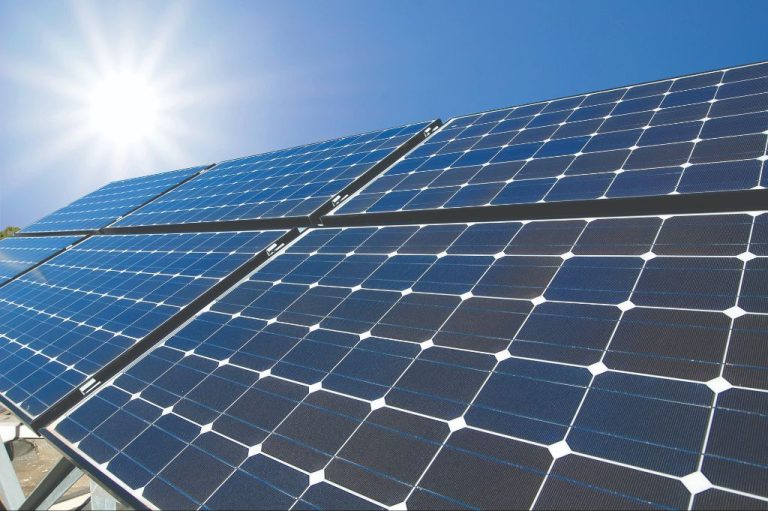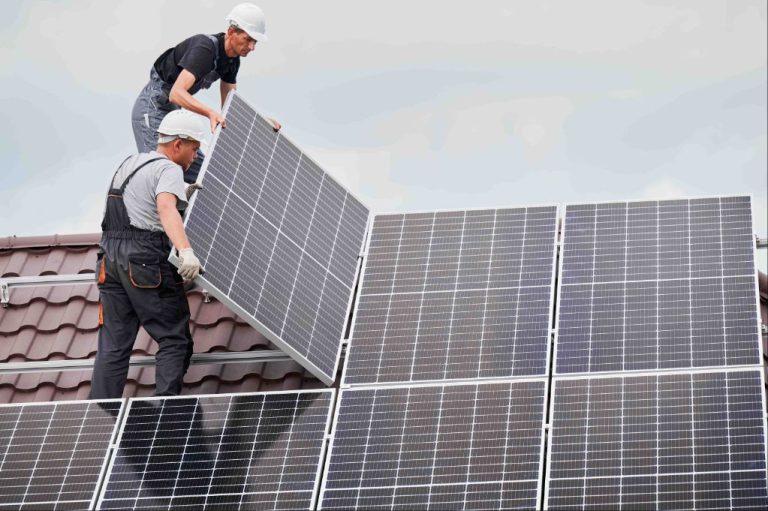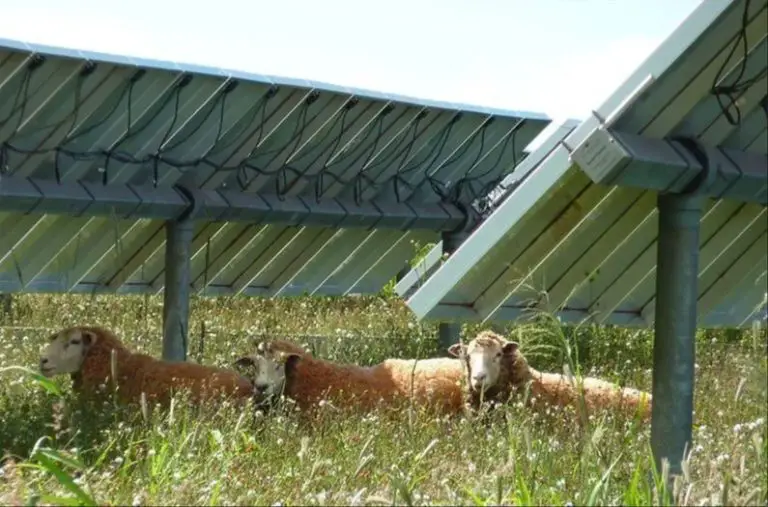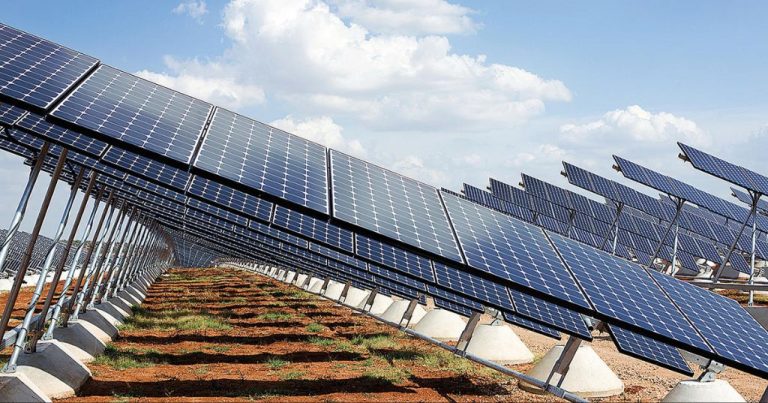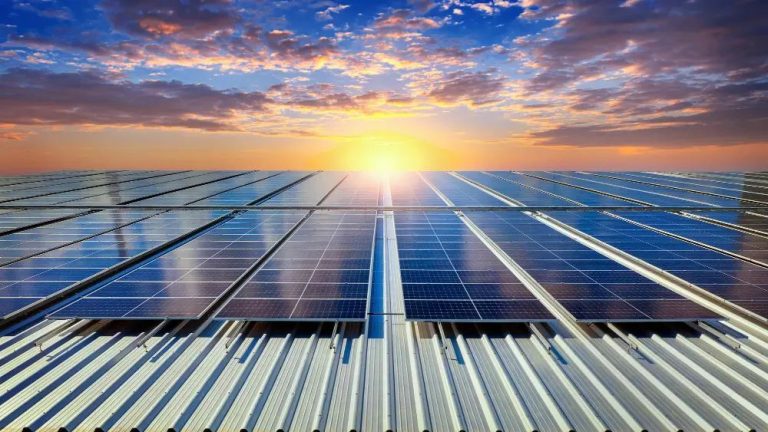Why Are There No Solar Farms?
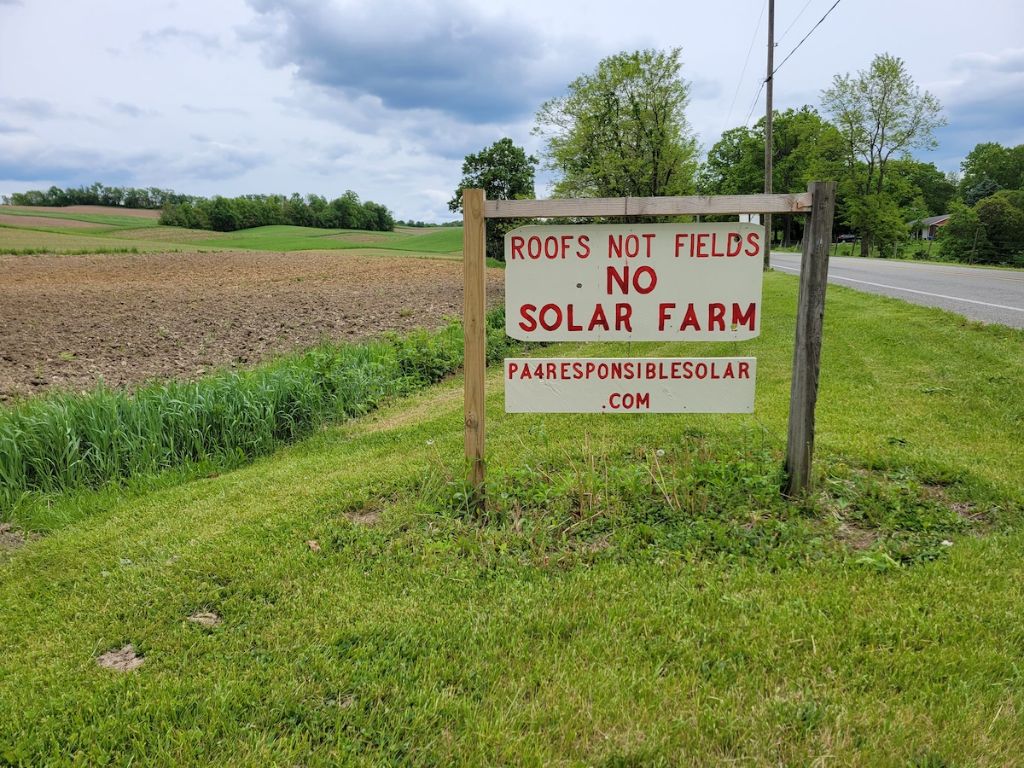
Solar farms are large-scale solar power installations where solar photovoltaic (PV) panels are set up across a sizable area to generate electricity (SOURCE 1). Solar farms can range in size from 5-10 megawatts (MW) up to hundreds of MW, covering hundreds of acres of land with rows upon rows of solar panels (SOURCE 2).
Despite the potential benefits of solar farms, their deployment in the U.S. has been relatively limited compared to other countries. As of 2021, solar power accounted for only about 3% of total U.S. electricity generation (SOURCE 3). Reasons for the lack of widespread solar farm adoption include high upfront costs, land requirements, transmission infrastructure needs, regulatory hurdles, and more.
This article will examine the key factors that have constrained the proliferation of utility-scale solar farms in the U.S. and discuss the outlook for future growth.
High Upfront Costs
Building a solar farm requires substantial upfront investments for solar panels, land, and infrastructure. According to the National Renewable Energy Laboratory (NREL), solar farms cost $1.06 per watt, whereas residential solar systems cost $3.16 per watt (1). For a small 10 MW solar farm, costs can range from $8 million to $10 million just for equipment and installation (2). Larger utility-scale solar farms can cost hundreds of millions of dollars.
The high initial investment, combined with the long lifespan of solar equipment, means solar farms can take several years just to break even. This long return on investment period is a barrier, as many investors seek shorter payback times. Securing financing for such large projects with a delayed payoff can be challenging without government incentives.
Land Requirements
Solar farms require large plots of inexpensive land. A typical 5 megawatt solar farm requires around 25 acres of land, while utility-scale solar farms can be hundreds or thousands of acres in size (Source). Finding affordable plots of land of this size that are sunny, flat, and near transmission infrastructure can be challenging. Many solar developers target cheap rural or agricultural land, leading to competition with farmers over land use (Source).
Solar energy advocates argue the land can be used for grazing livestock and growing certain crops after installation. However, solar farms do take agricultural land out of production for food crops. Policymakers must balance renewable energy goals with ensuring adequate farmland for food production.
Transmission Infrastructure
Solar farms require extensive transmission infrastructure to distribute the power they generate. This involves building high-voltage power lines to connect solar farms to the existing electric grid. However, constructing new transmission lines is extremely costly. According to one study, the typical cost to interconnect a utility-scale solar farm to the grid ranges from $100-300 per kW installed or $3-10 per kW per km of transmission line distance. For a large 300 MW solar farm located 100 km from the nearest substation, the transmission interconnection costs alone could be $30-100 million. These high infrastructure costs present a significant barrier to building new large-scale solar farms, especially in remote areas far from existing transmission lines.
Long-distance high-voltage direct current (HVDC) transmission lines are often needed to connect remote solar farms to load centers. According to research, HVDC transmission costs can exceed $40/MWh or 4¢/kWh over hundreds of miles, with capital costs over $1.5 million per MW-mile. This is far higher than the cost of transmitting power from traditional fossil fuel plants closer to cities. The excessive costs and complex coordination required to build new long-distance transmission for solar discourages the development of large solar farms in ideal sunny locations far from transmission infrastructure.
Fossil Fuel Dominance
Existing fossil fuel infrastructure and influence are major factors that contribute to the lack of large-scale solar farms. The fossil fuel industry has a long history and established infrastructure for energy generation and distribution. Switching to renewable sources like solar requires significant new infrastructure and changes to energy markets and policy that entrenched fossil fuel interests often resist.
Governments around the world also provide large subsidies to the fossil fuel industry, which makes it difficult for renewable energy to compete on a cost basis. For example, according to the Institute for Energy Research, federal subsidies for renewable energy were almost 5 times higher than fossil fuels in 2022. However, those fossil fuel subsidies still amounted to billions of dollars in support. The International Monetary Fund estimates global fossil fuel subsidies at $5.2 trillion in 2020. This financial support and existing infrastructure present major policy and economic barriers for large-scale solar expansion.
Regulatory Obstacles
One key regulatory obstacle to building more solar farms is the complex permitting process required. Large-scale solar projects must go through extensive local, state, and sometimes federal permitting just to get approval for construction and operation. According to the Solar Energy Industries Association (SEIA), this process can take 3-5 years for utility-scale projects to receive the necessary Right-of-Way grants from the initial application [1]. The drawn-out timeline creates uncertainty and can deter investment.
Solar farms also face uncertain policy environments at the state and local levels. Regulations related to solar are frequently updated, meaning a project that seems viable at the start might face new obstacles or loss of incentives down the road. For example, some local governments have imposed special taxes and fees on solar projects after construction is underway. This policy uncertainty introduces financial and operational risks that can restrict solar farm development.
Financial Incentives
Tax credits and renewable incentives can help offset the high upfront costs of solar farms by making them more affordable to build. There are federal tax credits available, including an investment tax credit that allows taxpaying owners of solar facilities to deduct 30% of installation costs from their taxes.
The federal residential clean energy credit also provides a tax credit for up to 30% of the cost of installing solar panels on a home. This credit applies to both owned and leased solar panels. See the IRS website for more details on eligibility and claiming the credit.
However, incentives like federal tax credits are often short-lived or inconsistent. Tax credits are scheduled to phase out soon or frequently expire and must be renewed by new legislation. The uncertainty around long-term access to financial incentives can deter investment in solar farms with high upfront costs and long payback periods.
Public Perception
One factor that has slowed the growth of solar farms is concerns from local communities about the potential impact on aesthetics and property values. Some residents worry that living near a large solar installation will negatively affect the scenic views and rural character of their neighborhoods. There are also concerns that proximity to a solar farm could lower property values, as some home buyers may not want to live near industrial energy infrastructure.
However, research suggests these concerns may be overstated. A 2023 study from Lawrence Berkeley National Laboratory analyzed over 1 million home sales between 1998-2021 in the U.S. It found that homes within a half-mile of a utility-scale solar farm sold for only 1.5% less on average compared to similar homes farther away [1]. This minor difference is on par with living near other types of infrastructure like electrical substations. Furthermore, homes that sold after the solar farm was built showed no statistically significant difference in sale prices from homes sold before construction [2].
More education is likely needed on the actual minor impacts of solar farms for many local communities. With proper siting, visual screening, and community engagement, much of the concern around solar farms may be alleviated. There are also opportunities to provide direct local benefits through job creation, tax revenues, and community solar programs.
Storage Limitations
One of the biggest challenges for solar energy is the storage of excess electricity produced during daylight hours for use at night or during periods of cloud cover. Solar generation follows daily and seasonal cycles, with more production in the summer and midday. Affordable grid-scale storage solutions are not yet available to capture all of this excess capacity for later use. According to [sources], the cost of battery storage for home solar systems ranges from $12,000-20,000
Until more economical large-scale storage is developed, solar will remain limited in its ability to provide continuous baseload power. This intermittency issue can lead to stability challenges for grid operators trying to match supply and demand.
Companies are actively researching and developing new utility-scale storage technologies like compressed air, molten salt, and hydrogen. But these are still prohibitively expensive compared to simple cycle natural gas plants that can be more easily ramped up when solar generation dips.
Wider deployment of solar depends on breakthroughs in energy storage tech and smarter grid management. But for now, the lack of storage options at an affordable cost remains a significant barrier to scaling up solar electricity generation.
Conclusion
While solar farms hold enormous potential as a clean renewable energy source, there are still significant hurdles to overcome before large-scale adoption can take place. The main obstacles include high upfront costs, land requirements, lack of transmission infrastructure, dominance of fossil fuels, regulatory issues, insufficient financial incentives, public perception concerns, and limitations around energy storage.
However, with steadily decreasing solar technology costs, favorable policy shifts, innovative business models, and increased public awareness of sustainability benefits, the future continues to brighten for utility-scale solar. Potential solutions to accelerate solar farm deployment involve new financing mechanisms to spread out initial costs, community solar models to reduce land needs, investments in grid connectivity and battery storage, and regulatory reforms to encourage renewable energy growth. With diligent effort across the public, private and governmental spheres, solar farms could soon play a much greater role in our energy landscape.

